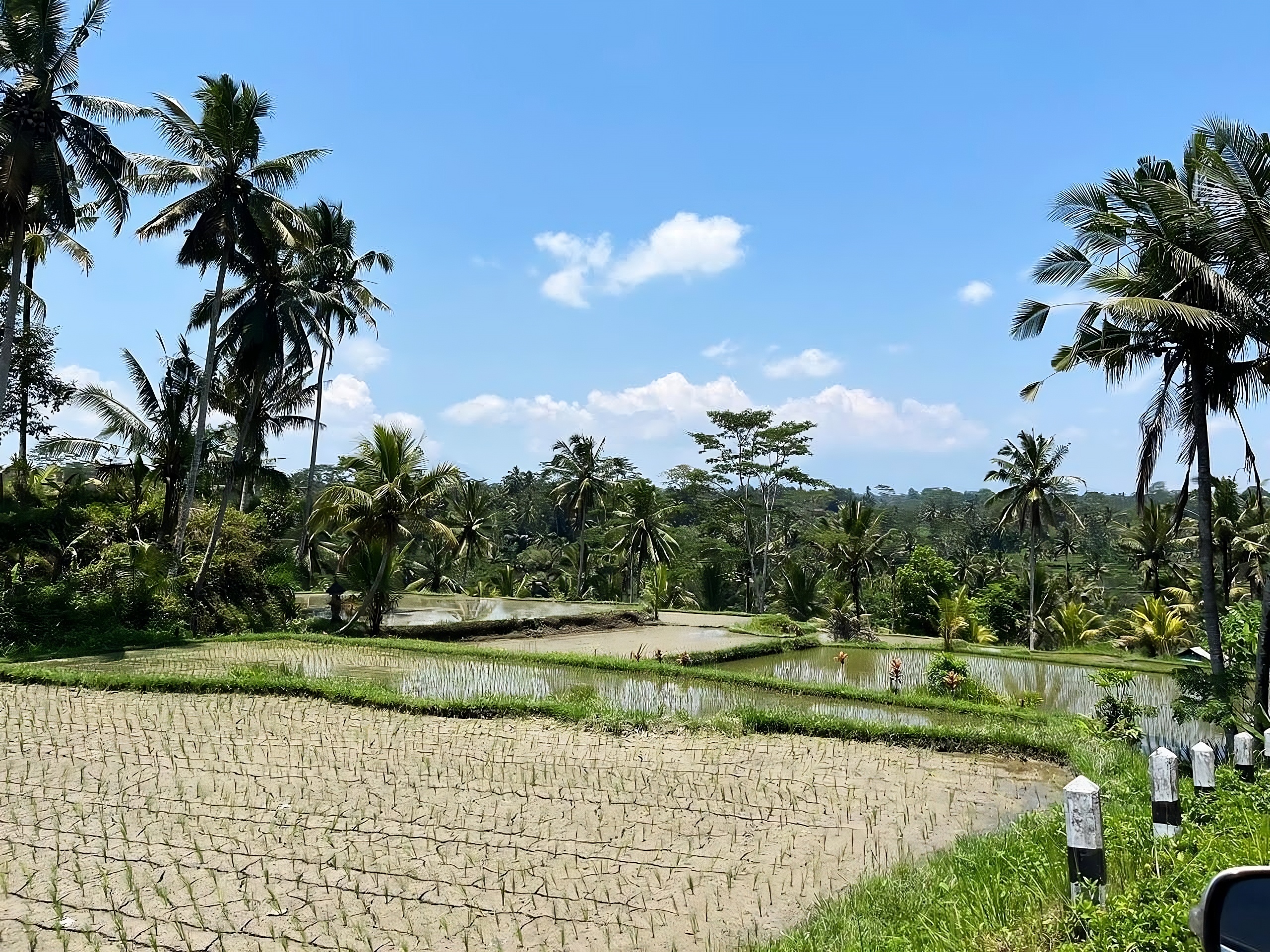Downloads
DOI:
https://doi.org/10.58981/bluepapers.2025.2.05Keywords:
UNESCO World Heritage, subak, cultural landscape, co-creation, local and traditional knowledgeAbstract
The Cultural Landscape of Bali Province, a UNESCO World Heritage property in Indonesia, features ancient rice terraces and the subak irrigation system, reflecting a millennium-old harmony between humans, nature and the spiritual world. The subak landscape faces increasing challenges that threaten its sustainability. Alongside the pressure of rapidly expanding tourism, the subak system is increasingly vulnerable to water scarcity and shifting weather patterns due to climate change. This article examines the role of co-creation and local knowledge, advocating for the incorporation of community-led practices in the management of World Heritage properties. Co-creation can improve the effectiveness of management plans, align conservation goals with local communities’ adaptive practices and enhance the resilience of the subak system. The article underscores the critical need for World Heritage management plans to integrate climate adaptation strategies rooted in local knowledge, ensuring a more responsive and sustainable approach to preserving the heritage landscape.
How to Cite
Published
Issue
Section
License
Copyright (c) 2025 Diana Rahman

This work is licensed under a Creative Commons Attribution 4.0 International License.
References
Agnoletti, Mauro, and Alessandro Santoro. 2022. “Agricultural Heritage Systems and Agrobiodiversity.” Biodiversity and Conservation 31: 2231–41. https://doi.org/10.1007/s10531-022-02460-3.
Aktürk, Gül, and Ahmadreza Shirvani Dastgerdi. 2021. “Cultural Landscapes under the Threat of Climate Change: A Systematic Study of Barriers to Resilience” Sustainability 13 (17): 9974. https://doi.org/10.3390/su13179974.
Assen, Yimer Mohammed, Abiyot Legesse Kura, Engida Esayas Dube, Girma Kelboro Mensuro, Asebe Regassa Debelo and Leta Bekele Gure. 2024. “Climate Change Threats to UNESCO-Designated World Heritage Sites: Empirical Evidence from Konso Cultural Landscape, Ethiopia.” Sustainability 16 (19): 8442. https://doi.org/10.3390/su16198442.
Eiseman Jr, F. B. 1990. Bali: Sekala and Niskala. Periplus.
Falk, M. T., and E. Hagsten. 2024. “Probability and Severity of Climate Change Threats to Natural World Heritage Sites Vary Across Site Specifics and Over Time.” Science of The Total Environment 946: 173973. https://doi.org/10.1016/j.scitotenv.2024.174291.
Furtak, Karolina, and Agnieszka Wolińska. 2023. “The Impact of Extreme Weather Events as a Consequence of Climate Change on Soil Moisture and the Quality of the Soil Environment and Agriculture: A Review.” Catena 231: 107378. https://doi.org/10.1016/j.catena.2023.107378.
Hobart, M. 2016. “Talking to God: On Argument, Agency and Articulation in Bali.” Paper to the Second Symposium on How Indonesians Argue, Oxfordshire, July 2016. https://doi.org/10.24843/JKB.2019.v09.i01.p01.
Lansing, J. S. 1987. “Balinese ‘Water Temples’ and the Management of Irrigation.” American Anthropologist 89 (2): 326–41.
Millar, Sue. 2006. “Stakeholders and Community Participation.” In Managing World Heritage Sites, edited by Anna Leask and Alan Fyall, 37–54. Routledge.
Picard, M. 2011. “Balinese Religion in Search of Recognition: From ‘Agama Hindu Bali’ to ‘Agama Hindu.’” Bijdragen tot de Taal-, Land- en Volkenkunde 167 (4): 482–510.
Rahman, Diana Farisah. 2021. “Re-Evaluating Socio-Cultural Change in World Heritage Sites: A Case Study of the Cultural Landscape of Bali Province.” PhD diss., University College London. https://discovery.ucl.ac.uk/id/eprint/10134255/.
Rahman, Diana Farisah. 2023. “From Tradition to Resilience: The Value of Balinese Adaptive Culture in Climate Change Adaptation and Heritage Management. Geographies of the Anthropocene 6 (2), 215–33. https://www.ilsileno.it/geographiesoftheanthropocene/vol-6-no-2-december-2023/.
Strauß, S. 2011. “Water Conflicts Among Different User Groups in South Bali, Indonesia.” Human Ecology 39 (1), 69–79. https://doi.org/10.1007/s10745-011-9381-3.
UNESCO World Heritage Committee. 2023. “State of Conservation of the Subak Cultural Landscape of Bali.” UNESCO World Heritage Centre. Accessed October 31, 2024. https://whc.unesco.org/en/soc/4424/.
UNESCO World Heritage Centre. 2025. “Cultural Landscape of Bali Province: the Subak System as a Manifestation of the Tri Hita Karana Philosophy.” Accessed 20 March 2025. https://whc.unesco.org/en/list/1194/
UNESCO, ICCROM, ICOMOS and IUCN. 2013. Managing Cultural World Heritage. UNESCO World Heritage Centre. https://whc.unesco.org/en/managing-cultural-world-heritage/.
Vickers, A. 2012. Bali: A Paradise Created (2nd ed.). Tuttle Publishing.
Wright, T. 2015. “Water, Tourism, and Social Change: A Discussion of Environmental Perceptions in Bali. Jurnal Kajian Bali (Journal of Bali Studies) 5 (1): 1–22.




